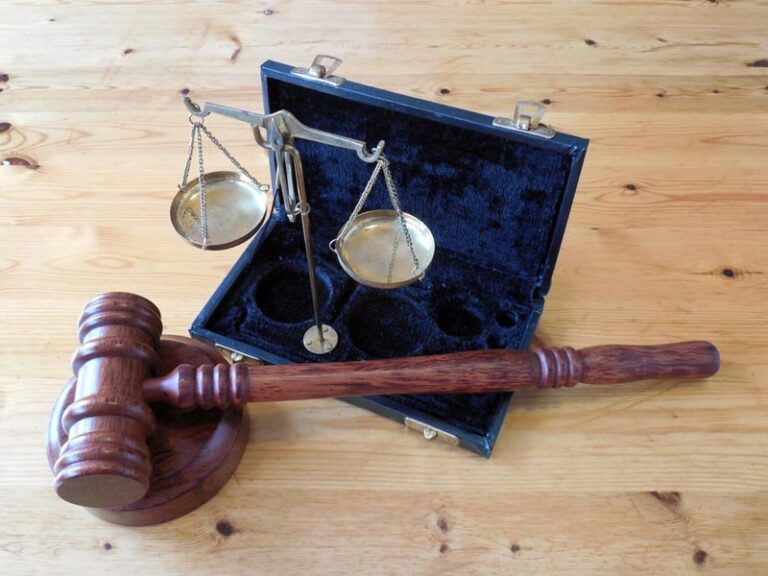Wrongful death refers to a legal term used when an individual dies due to the negligence, intentional act, or recklessness of another person or entity. This area of law exists to allow the surviving family members or loved ones to seek justice and compensation for their loss.
To understand wrongful death better, it is important to look at the key components of the wrongful death code, how it works, and who is eligible to bring forth a wrongful death claim. Read on.
What Constitutes Wrongful Death?
Wrongful death occurs when a fatality is caused by the wrongful act or negligence of another party. This includes a variety of situations such as:
- Car accidents
- Medical malpractice
- Workplace accidents
- Criminal actions
The central premise behind wrongful death is that had the victim survived, they could have filed a personal injury claim against the responsible party. Since the victim is deceased, the law allows surviving relatives or beneficiaries to step into their shoes and seek damages on their behalf.
Legal Framework of Wrongful Death Laws
Each state has specific statutes governing wrongful death claims, but they all follow similar guidelines. The wrongful death code outlines the following:
Who Can File a Wrongful Death Lawsuit?
In most states, a wrongful death lawsuit can only be filed by the personal representative of the deceased’s estate. The estate representative is usually a close family member such as a spouse, child, or parent. Some states allow specific family members (e.g., surviving spouses, children, or parents) to file the lawsuit directly.
Time Limits (Statutes of Limitations)
There is a strict time limit for filing a wrongful death lawsuit, known as the statute of limitations. This period varies from state to state, but it typically ranges from one to three years from the date of death. Failure to file within the prescribed timeframe may result in the loss of the right to bring forth a claim.
Types of Damages Available
Damages awarded in wrongful death claims are meant to compensate for both economic and non-economic losses. These may include:
- Economic damages
- Non-economic damages
- In some cases, punitive damages
Burden of Proof
To succeed in a wrongful death lawsuit, the plaintiff must prove that the death was caused by the defendant’s actions, either through negligence or intent. The burden of proof is generally the preponderance of the evidence, meaning it is more likely than not that the defendant’s actions caused the death.
Comparative Negligence
In some cases, the deceased may have been partially responsible for their death. If this is the case, the damages may be reduced proportionally to the degree of fault assigned to the deceased. This is known as comparative negligence.
The Importance of Seeking Legal Counsel
Wrongful death claims can be complicated and emotionally charged, and navigating the legal intricacies of wrongful death law can be overwhelming for grieving families. Therefore, it is highly advisable to consult with an experienced wrongful death attorney.
They can help survivors understand about wrongful death code and their legal rights, gather evidence, calculate damages, and represent their interests in court. An attorney’s guidance ensures that survivors are not taken advantage of during a difficult time.
Learn Wrongful Death Code Now
Wrongful death laws play a vital role in ensuring that families who lose loved ones due to someone else’s negligence or misconduct are compensated for their loss. Understanding the wrongful death code is essential for those seeking justice. For those in such unfortunate situations, seeking legal counsel can greatly help.
If you want to read more articles, visit our blog.

0 Comments